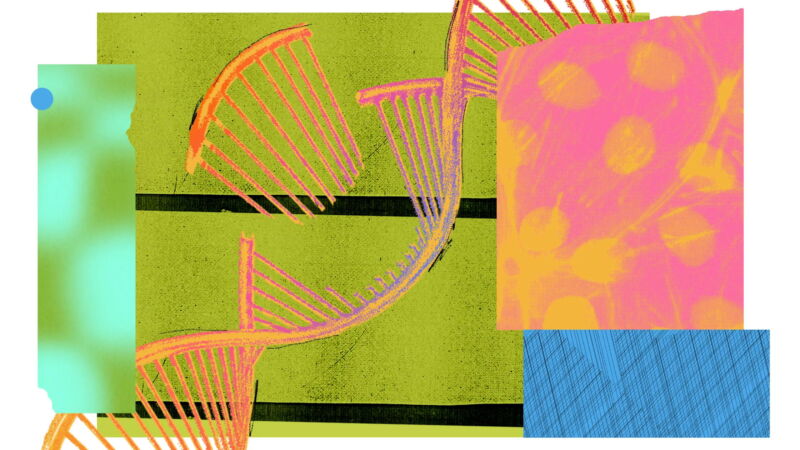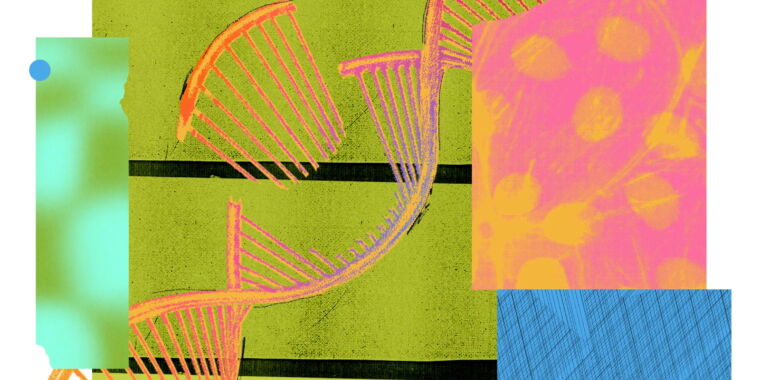
Yasmin Monet Slager/Jacqui Vanliew/Getty Images
In the 5th century, in early medieval Ireland, Conall Gulban, an Irish king, gave his name to a piece of land on the northwest tip of Ireland’s coast. His kingdom was called Tír Chonall, the “land of Conall,” or today Donegal.
Somewhere in the King’s lineage, known as Cenél Conaill or “Kind of Conall,” an error is thought to have occurred in a scion’s genome, specifically a mutation of a gene responsible for the production of a protein called transthyretin (TTR). The genetic error resulted in the birth of a rare condition known as hereditary transthyretin (ATTR) amyloidosis.

The TTR protein is mainly made in the liver and is responsible for transporting vitamin A and a hormone called thyroxine around the body. But in those with hereditary ATTR amyloidosis, the genetic mutation produces a failed version of it. This malformed TTR aggregates and leaves clumps of amyloid, another protein, in tissues around the body, usually the heart muscle and nerves. These amyloid clumps interfere with tissues as they try to do their jobs and wreak havoc.
Today, along a 15-mile stretch of the Donegal coast, where the Irish language is still predominant in many areas, the mutation is found in about 1 percent of the population. The resulting disease – popularly known as Donegal Amy – has plagued the people of Donegal for decades.
It is estimated that there are about 50,000 people with hereditary amyloidosis around the world, and Donegal Amy is just one type. It is caused by a Thr60Ala mutation in the TRR gene, but there are more than 130 mutations of this gene that are believed to cause other forms of the condition. Carriers of these mutations often emerge in hyperlocalized clusters. The most common mutation, Val30Met, first described in 1952, is found in northern Portugal around the city of Porto, and has also been found in northern Sweden and Japan. Another, Val122Ile, primarily affects people of West African descent — it’s estimated that about 4 percent of African Americans carry it.
Although each mutation causes a slightly different version of the disease, in the case of Donegal Amy, the condition usually manifests itself after the age of 60. It starts with a numbness in the body’s extremities, such as the hands and feet, and moves inward as it progresses, causing tingling, excruciating tingling, and muscle weakness — all symptoms of polyneuropathy, or damage to the peripheral nerves. The disease progresses rapidly and attacks the autonomic nervous system, which regulates involuntary bodily processes, leading to weight loss, diarrhea, constipation and urinary incontinence. The polyneuropathy is also accompanied by cardiomyopathy, a disease of the heart muscle in which the heart cannot pump blood as easily, causing shortness of breath, chest pain, and swelling of the legs, ankles, and feet. Patients die between three and fifteen years after diagnosis, usually due to chronic heart failure. Because the symptoms of hereditary amyloidosis are so heterogeneous, doctors rarely know when they have a case. A patient would not usually tell their heart doctor about their carpal tunnel syndrome, nor would their neurologist know to scan for a heart block. “The whole diagnostic path is full of pitfalls,” researchers have noted.

